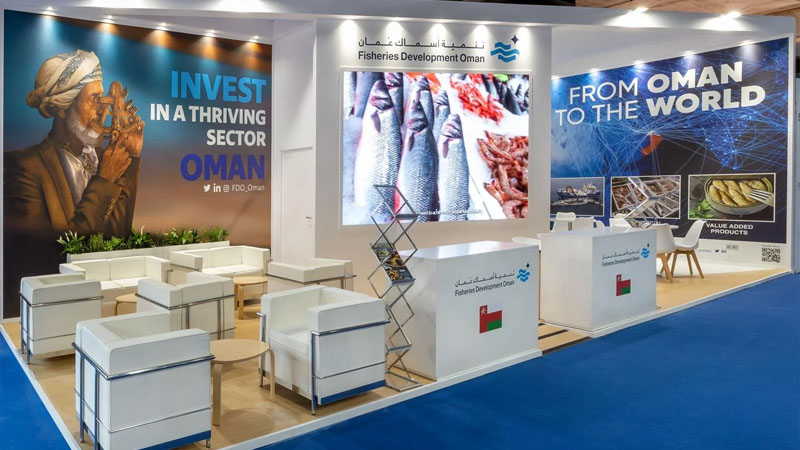Exclusive content

Fisheries Development Oman (FDO), a state-owned enterprise under the Oman Investment Authority, is making an ambitious play to expand its aquaculture sector, with a particular focus on shrimp. The company has called on qualified firms to participate in a tender for a market study on shrimp and tilapia aquaculture. This, at first glance, signals Oman’s determination to diversify its economy in line with its Vision 2040 goals. But beneath the surface lies a deeper question: can shrimp farming really deliver on Oman’s lofty ambitions?
FDO’s Role in Oman’s Economic Diversification
As the investment arm of the state, FDO’s task is nothing short of reshaping Oman’s economic future, a vision neatly outlined in the Sultanate’s Vision 2040. The mission is to reduce dependence on hydrocarbons by empowering private enterprises and pushing into sectors like commercial fishing and aquaculture.
The call for a shrimp market study is part of this broader strategy. On paper, the tender reflects a pragmatic approach, aiming to provide data that could catalyze private sector investment and stimulate growth in a still-nascent industry. Bids are due by October 2, and the results will likely offer a roadmap for future development.
The Numbers Tell a Story of Growth
By the numbers, Oman’s aquaculture sector has indeed been making waves. As of August this year, farmed fish production reached 5,117 metric tons, valued at OMR 15.1 million (around USD 39 million). This represents a 7% rise in volume and a 50% leap in financial value compared to last year. These are not trivial gains for a sector still finding its feet. Since 2018, the aquaculture industry has shown consistent growth, expanding from 350 metric tons to 3,179 metric tons by 2022.
Shrimp, among other species, plays a central role in this rise. The focus on white shrimp, alongside other high-value species like Omani abalone and various finfish, illustrates the government’s intent to diversify beyond traditional catches. The problem, however, is that the shrimp industry globally has proven notoriously volatile—subject to fluctuating prices, disease outbreaks, and environmental concerns. Whether Oman can weather these challenges while maintaining its current growth trajectory is far from certain.
Shrimp’s Uncertain Future
The optimism surrounding shrimp aquaculture in Oman must be tempered by the realities of the global market. While demand for shrimp remains robust, competition is fierce. Producers in Southeast Asia, for example, dominate global supply, benefiting from lower labor costs and more established infrastructures. Oman’s shrimp industry, though promising, will need to overcome these competitive disadvantages if it hopes to make a mark beyond its own shores.